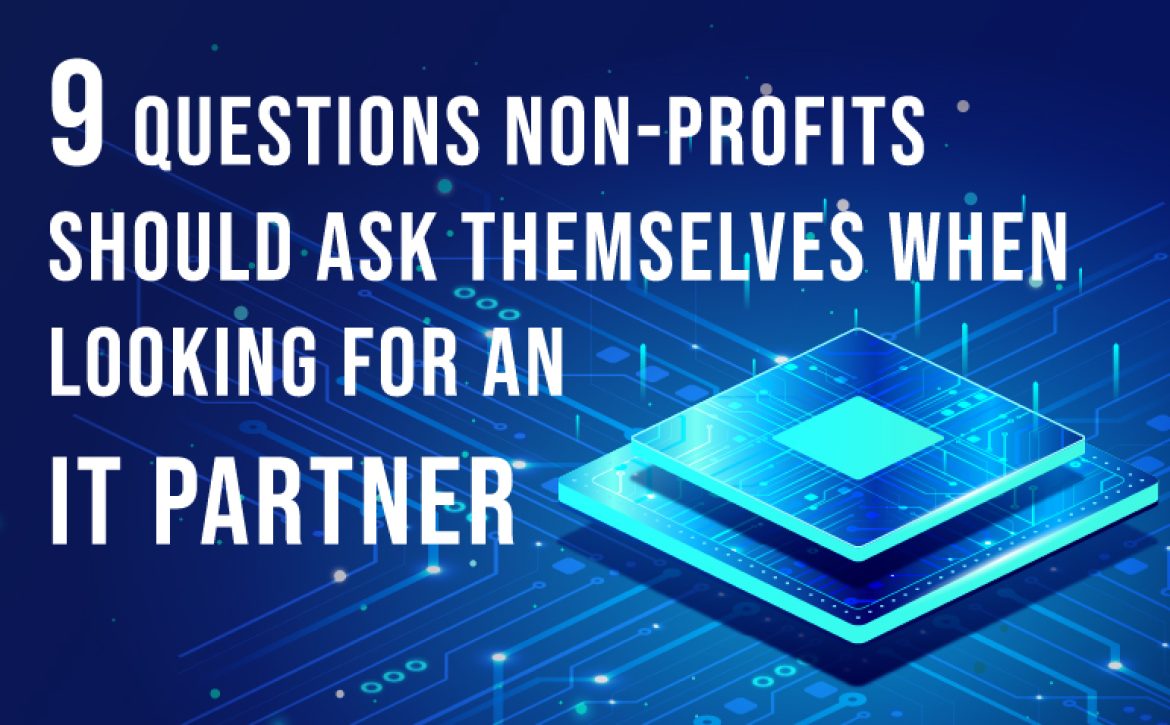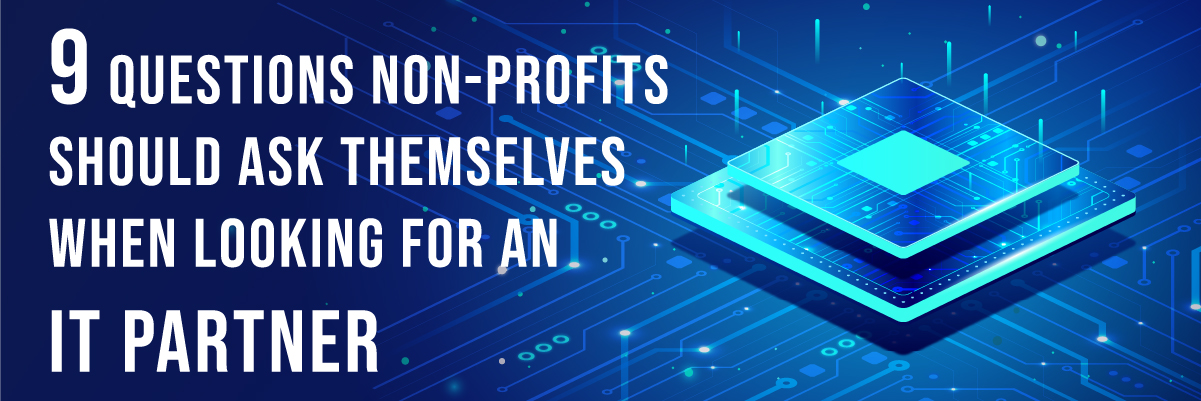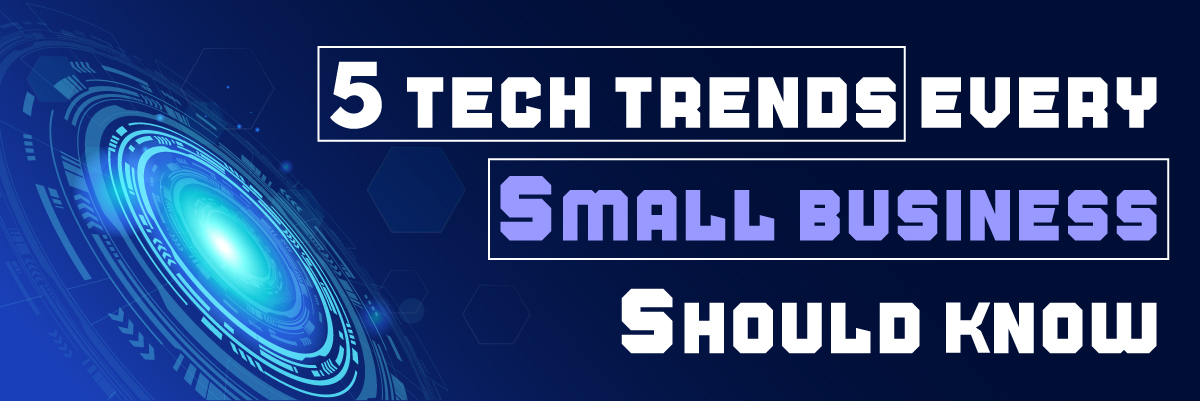The Challenges of Public Virtual Hosting
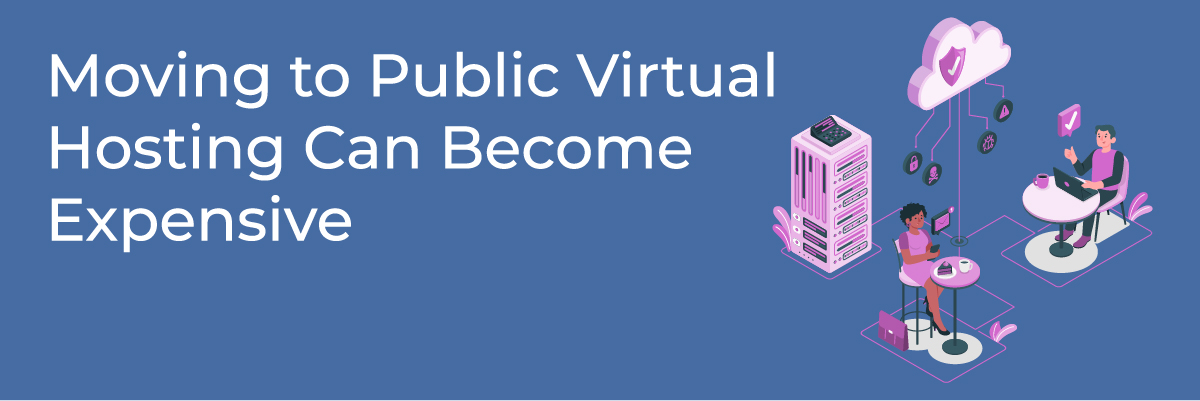
The Challenges of Public Virtual Hosting
Public virtual hosting is a web hosting service where multiple websites share a single server and its resources, including its IP address. Each website is assigned a unique domain name, which is used to differentiate it from other sites sharing the same server.
With public virtual hosting, the hosting company manages the server, including its maintenance and security, allowing website owners to focus on their content and business needs. This type of hosting is often a cost-effective solution for small to medium-sized businesses or individuals who do not require the resources of a dedicated server.
Certainly, while public virtual hosting can be a cost-effective and convenient option for many businesses, some challenges and drawbacks should be considered. In this blog, we’ll learn about them.
Moving to the cloud often becomes more expensive than originally expected. Why?
Public virtual hosting can be an affordable way for businesses to host their website or application, but there are some reasons why it can become expensive. Here are some of the most common reasons:
Resource Usage: Public virtual hosting plans typically have limits on the amount of resources you can use, such as CPU, RAM, and storage. If your website or application uses a lot of resources, you may need to upgrade to a more expensive plan that offers more resources.
Traffic: Public virtual hosting providers often charge based on the amount of traffic your website or application receives. If you experience a sudden increase in traffic, your hosting costs could go up unexpectedly.
Add-On Services: Hosting providers may offer additional services such as SSL certificates, backups, or domain registration, which can add to the overall cost of hosting.
Technical Support: Some hosting providers charge extra for technical support or only offer it as an add-on service. If you need technical support, you may need to pay extra for it.
Upgrades: If you need to upgrade your hosting plan to get more resources or better performance, you may need to pay more than you expected.
Security: Some hosting providers charge extra for security features like firewalls or malware scanning. If you need these features, you may need to pay extra for them.
Renewals: Hosting providers may offer introductory pricing for new customers, but the price may go up significantly when you renew your plan.There are also some surprise costs that most companies don’t expect when using public virtual hosting. Here are a few examples: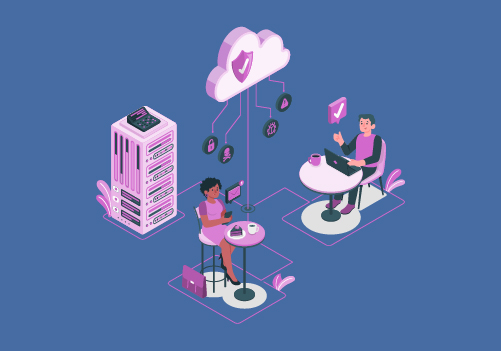
Overages: If you exceed the resource limits of your hosting plan, you may be charged for overages. This can be especially expensive if you don’t monitor your resource usage closely.
Migration: If you need to migrate your website or application to a new hosting provider, there may be costs associated with the migration, such as hiring a developer to help with the migration or paying for a migration tool.
Downtime: If your website or application experiences downtime due to server issues or maintenance, it can be costly in terms of lost revenue or customer trust.
Bandwidth overages: If your website or application uses a lot of bandwidth, you may be charged for overages. This can be especially expensive if you serve a lot of media files or have high traffic volumes.
Hidden Fees: Some hosting providers may have hidden fees that take time to be obvious when you sign up for a plan. For example, you may be charged for backups or access to the control panel.
To avoid these surprising costs, it’s important to carefully review the hosting provider’s pricing and terms of service before signing up for a plan. You should also monitor your resource usage closely and be aware of any potential overages or additional fees.
Public virtual hosting can be a cost-effective option for businesses, but there are some reasons why it can become expensive. Resource usage, traffic, add-on services, technical support, upgrades, and security are all factors that can contribute to the overall cost of hosting. Additionally, there are some surprise costs that most companies don’t expect, such as overages, migration costs, downtime, bandwidth overages, and hidden fees. By being aware of these costs and monitoring your resource usage closely, you can minimize your hosting expenses and avoid unexpected surprises.





 Flexibility: There are many ways to solve IT issues, and we know that. However, your IT team should be deploying solutions that can solve multiple problems. For example, when upgrading to a new system, your IT partner may recommend or automatically add multi-factor authentication to your new system, increasing security. They should automatically find ways to solve future potential problems even if they don’t exist yet.
Flexibility: There are many ways to solve IT issues, and we know that. However, your IT team should be deploying solutions that can solve multiple problems. For example, when upgrading to a new system, your IT partner may recommend or automatically add multi-factor authentication to your new system, increasing security. They should automatically find ways to solve future potential problems even if they don’t exist yet.
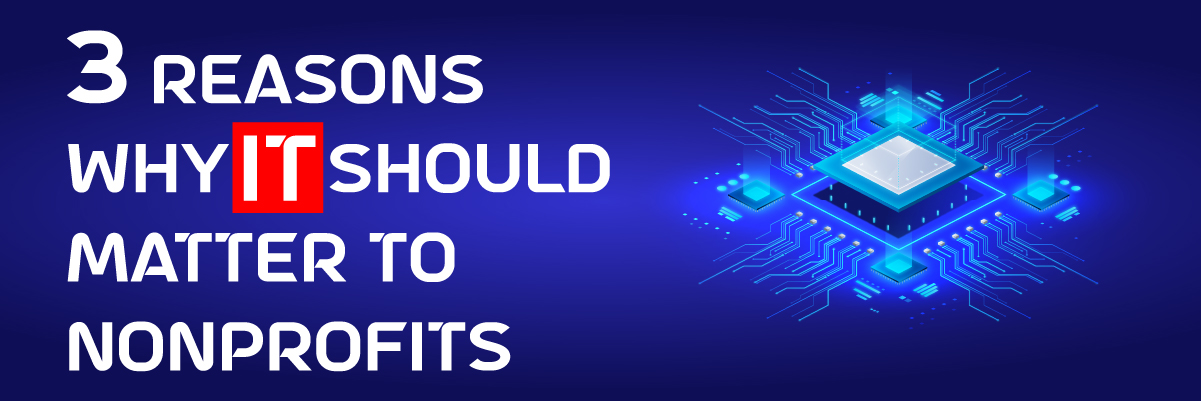
 Increased Efficiency
Increased Efficiency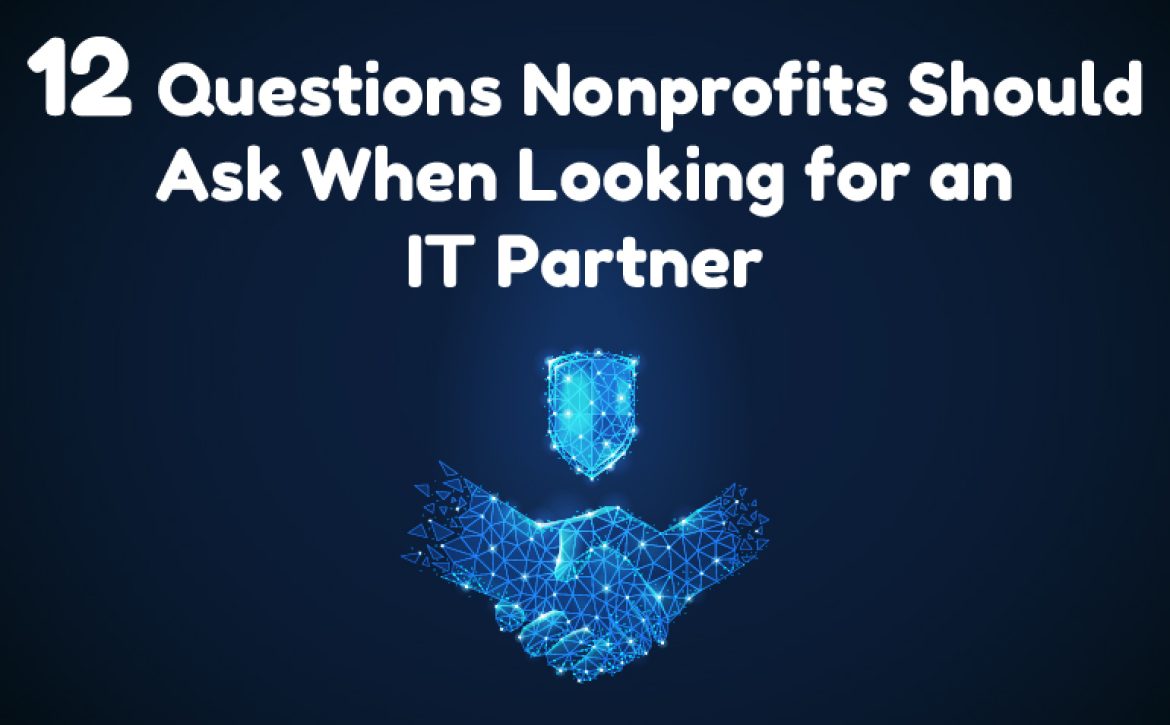
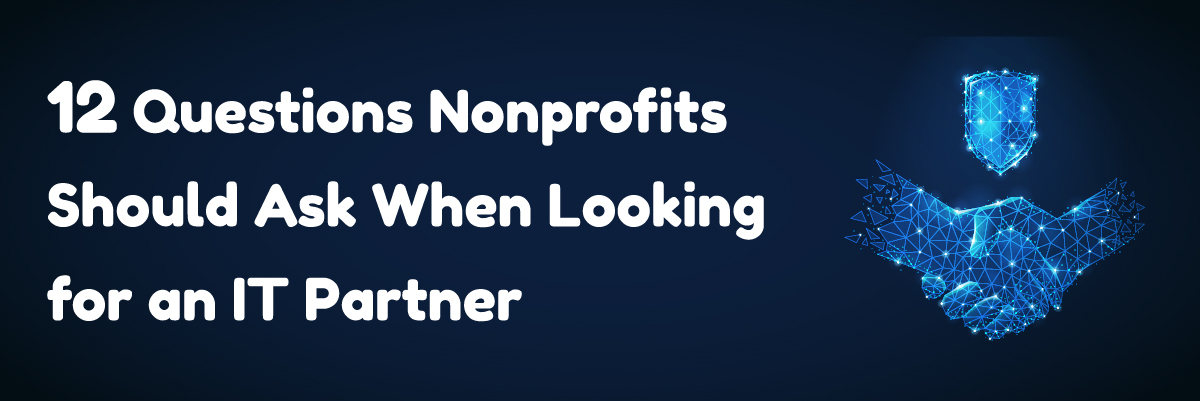



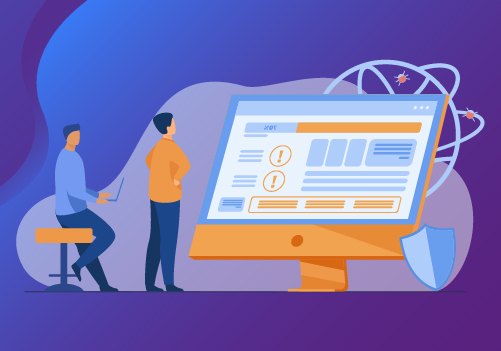 IT Updates for Tech Leaders
IT Updates for Tech Leaders
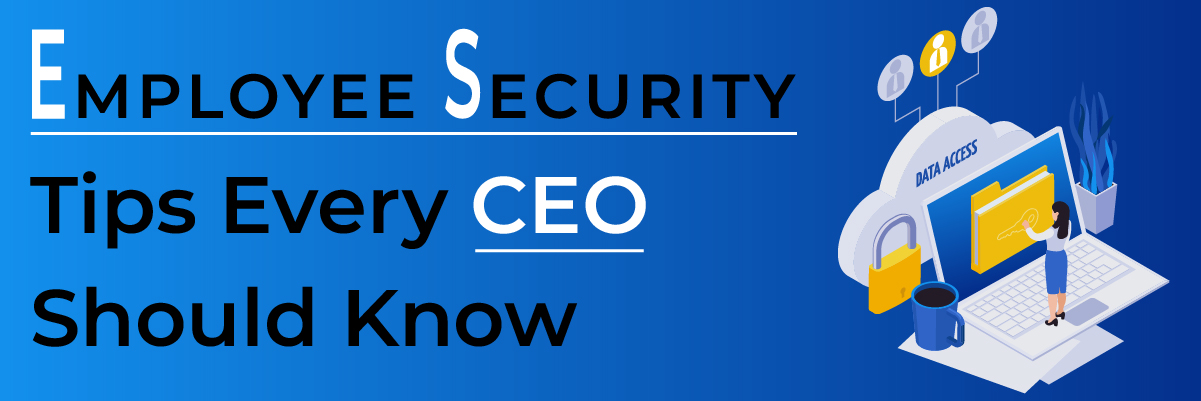
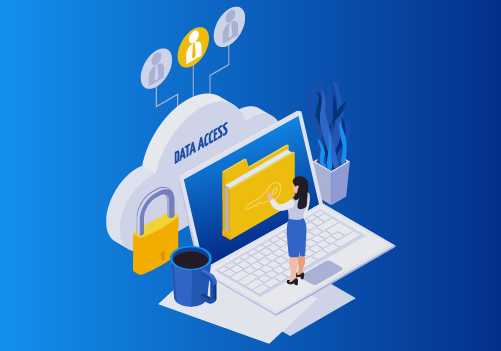

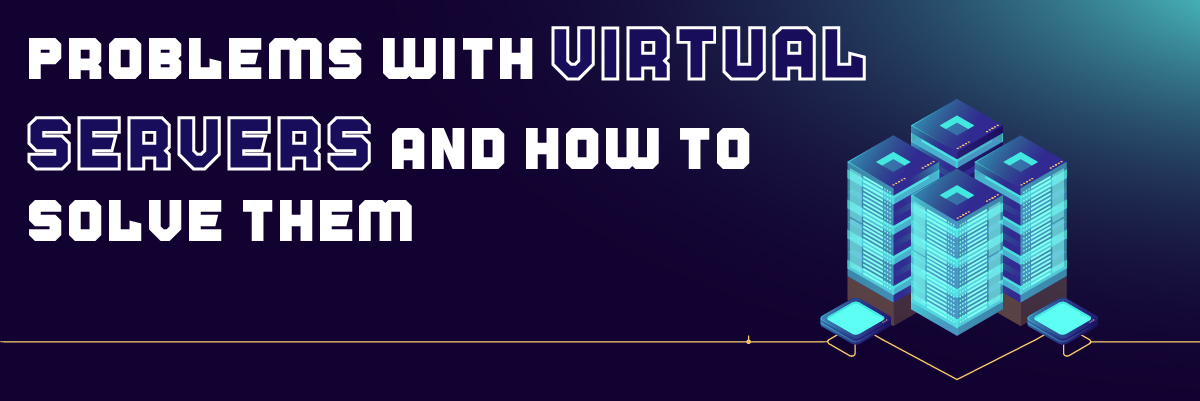
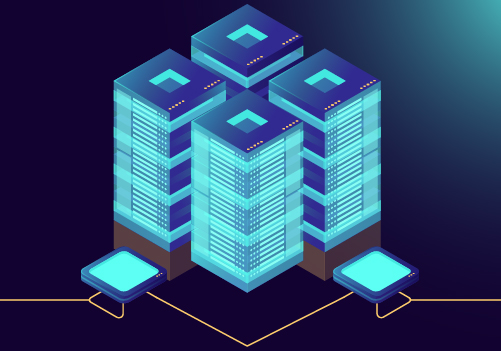 Virtual Server Management Best Practices
Virtual Server Management Best Practices

 What To Look for in a Great IT Support Team?
What To Look for in a Great IT Support Team?